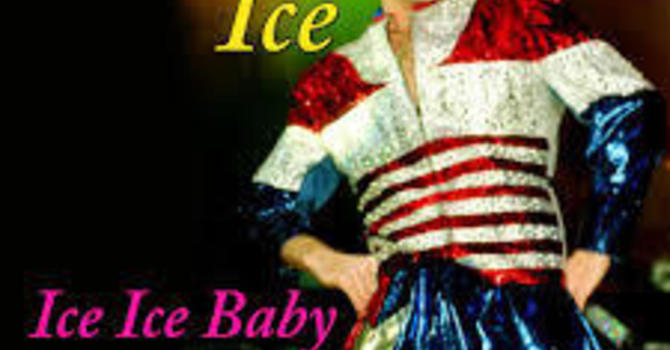
Do you have pain when you are eating or chewing gum? Do you get headaches because you are grinding your teeth or after eating? Odds are that your temporomandibular joint (TMJ) is playing a role in your pain. What is a TMJ and how can chiropractic care help relieve these pains?
What is a TMJ?
Your TMJ is the joint that connects your jaw to your skull and is located just in front of your ear on both sides of your face. The function of the TMJ is to allow movement of your jaw in several different directions. It is the main joint used for chewing and for moving your jaw side to side. There are various muscles that work to move your TMJ including the masseter muscle (seen below). This masseter muscle is the primary muscle used for chewing. If you bite down as hard as you can you can feel the muscle contract on the angle of your jaw. Both the TMJ itself and the masseter muscle can cause be a cause of TMJD.

What Is TMJD?
TMJD, or temporomandibular joint dysfunction, is pain and compromised movement in your temporomandibular joint. This pain is often caused by lateral deviation of the jaw consistently to one side(as seen below). This side to side deviation can be caused by excessive chewing on one side of the mouth. Over time, deviating your jaw to one side can cause the joint itself to become 'off-center'. If the joint itself is 'off-center' it can cause overuse of the masseter muscle on that same side of the jaw. A combination of these two findings can lead to TMJD. Symptoms of TMJD include: one sided headaches, jaw pain, jaw clicking, lock jaw, or fatigue with chewing.

How Can We Help?
We would begin with an assessment to determine, first, if your pain is caused by your TMJ. If we determine it is, we will be able to assist you. If we believe it is caused from something else, you will be referred to the appropriate physician. To fix TMJD, the most important achievement is to 're-center' the joint. This can be done through the use of the McKenzie Method which would involve repeatedly loading the joint in the direction the physician deems most obstructed. This can be coupled with functional dry needling of the masseter muscle which would 'reset' the tightness of the muscle. This muscle would become tight because of the deviation of the jaw to one side, so that specific muscle would be overused. Using dry needling and soft tissue to smooth out the soft tissue will diminish any pain caused by that muscle. Finally, a chiropractic adjustment would be performed to the cervical spine, or neck, to ensure proper motion is restored as some jaw pain can stem from the neck. Often times TMJD can be fixed relatively quickly and the specific exercise given by the doctor can rapidly reduces pain.

Admin
Contact Me



